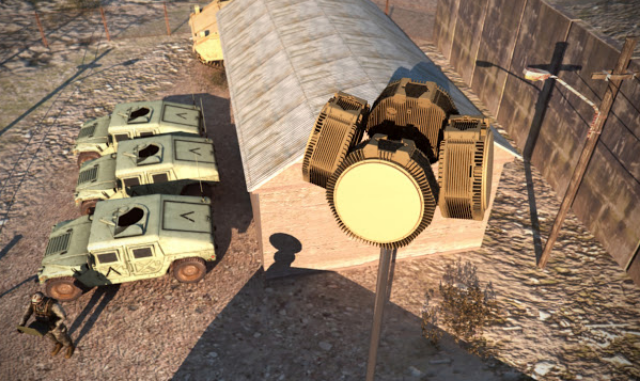 South Korea is revving up efforts to address vulnerabilities in its air defences, which were brought to the fore following the recent discovery of three crashed UAS, presumably from North Korea. Seoul authorities are seeking to introduce 10 Israeli-made RPS-42 low-altitude radars.
South Korea is revving up efforts to address vulnerabilities in its air defences, which were brought to the fore following the recent discovery of three crashed UAS, presumably from North Korea. Seoul authorities are seeking to introduce 10 Israeli-made RPS-42 low-altitude radars.
South Korea and the U.S. are also reportedly considering including anti-UAS measures in their joint operational plans.
The moves came after President Park Geun-hye chided the military this week for failing to detect the UAS, which filmed the presidential office of Cheong Wa Dae, marine facilities on the western border islands and potential infiltration routes.
A Seoul official said that the government had set aside an emergency budget of 20 billion won ($19.2 million) to purchase the 10 radars and other surveillance equipment to detect unmanned aircraft flying at low altitudes.
The South Korean Army currently has TPS-830K low-altitude radars, but they are not capable of detecting small UAS.
The multi-purpose RPS-42 radar is for close air surveillance with a detection range of 30 km. Seoul authorities plan to deploy some of the radars first to protect Cheong Wa Dae and other core state facilities in Seoul and the western frontline areas.
The military authorities have sent their evaluation team to Israel to test the performance of the RPS-42 radar, sources said.
The authorities are also considering purchasing German-made laser-based weapons to shoot down hostile UAS and have decided to increase high-tech monitoring tools such as thermal observation devices and multi-function observation devices.
Some critics expressed doubts that those high-tech tools would be capable of blocking North Korean UAS that might attempt to infiltrate into the South through mountainous areas or other hard-to-spot routes.
Apart from the self-defence measures, Seoul also seeks to bolster its defence cooperation with the U.S. Forces Korea. On Monday, the allies agreed to build a joint system to respond to the threat of North Korean drones with their existing military assets.
The South Korea-U.S. Combined Forces Command and Seoul’s Joint Chiefs of Staff are reportedly considering anti-drone measures and whether reflect them in the allies’ joint operational plans and procedures.
The CFC has operational measures in place to respond to some 20 scenarios of North Korean provocation while Seoul has been preparing against some 30 scenarios in the Demilitarized Zone and other frontline areas.
But the allies are said to have no operational plan to counter a North Korean drone attack.
“There have been no discussions or talks at the CFC as to the possibility of North Korean drone-based attacks. We have now recognized the drones as a real threat and are exploring ways to counter the threat,” a government source told media, declining to be named.
Seoul’s Defence Ministry believes that Pyongyang has more than 300 drones including 10 unmanned aircraft designed for strike missions. The North also uses 10 Russian-made Shmel drones for test purposes.
Photo: Israeli-made RPS-42 low-altitude radar system
Source: Inside Korea
